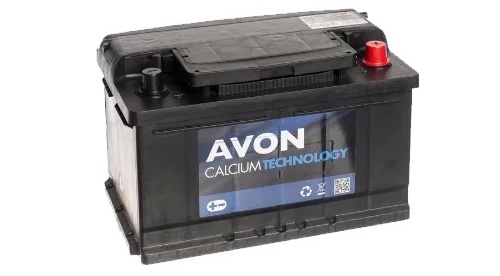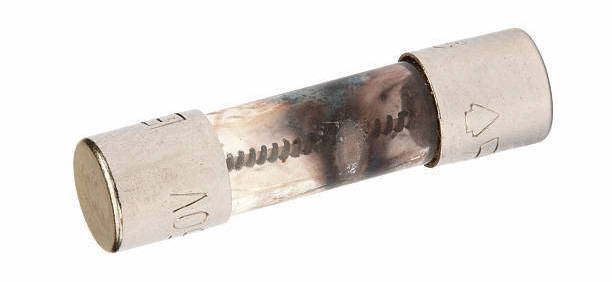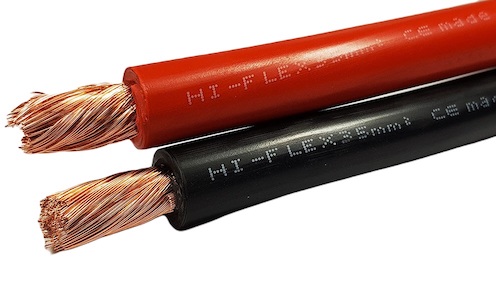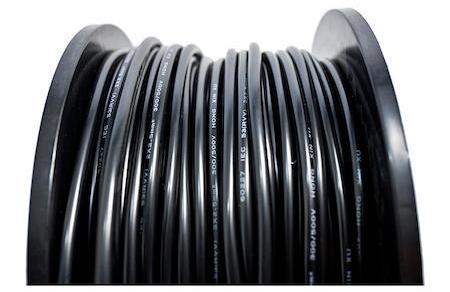Welcome to our blog addressing the challenging topic of dual battery charging using solar panels. This topic primarily applies to motorhomes and similar vehicles equipped with both a starter battery and a habitation/leisure battery.
When you install a solar system and your vehicle is in storage, your general preference is to have the solar panel charge the habitation battery first. Once the habitation battery is fully charged, you would like it to proceed to charge the starter battery, ensuring that your vehicle starts smoothly when you take it out of storage.
While this may seem like a straightforward process, it can become quite complicated due to the complexities of modern motorhomes available in the market today.
In this blog, we aim to help you comprehend why this presents a challenge and explore the available solutions to address it.
Lots of motorhome manufacturers have slowly been making changes to how the habitation battery (used for living purposes and sometimes called the leisure battery) is connected in relation to the vehicle battery.

Quite often, you will now find both the habitation battery and vehicle battery negatives are linked together via the chassis of the motorhome for example, meaning they have a common connection and the same electrical potential.
This connection can then cause an issue when devices or equipment are powered by both the habitation and vehicle batteries. The solar controller can create a parallel connection between the two batteries, which in turn can lead to many different problems and various fuses in the motorhomes wiring system blowing.
If you install a dual battery photovoltaic (PV) controller or a single battery photovoltaic controller using the “load” terminals as a battery charge output, it can create a parallel link between the batteries. A common example of this is when you start the engine, the starter motor draws a large amount of current from the vehicle battery.
The habitation battery is then connected in parallel via the charge controller, and the batteries then try to share the load, causing a high current to flow through the charge controller.

This will generally blow the fuse on the second battery cable or the fuse on the load terminal circuit of the charge controller if fitted. If fuses aren’t fitted it can cause the cables from the controller to the load to catch fire something no one wants to happen.
Interestingly, not all vehicles seem to be affected by this issue, or it may simply go unreported and unnoticed that the fuse has blown. Since the starter motor is directly connected to the vehicle battery and electrons always follow the path of least resistance, it's difficult to explain how heavy current is being drawn through the PV controller from the habitation battery.
However, we have seen it many times when using a dual battery photovoltaic controller and the battery negatives are linked together via the chassis of the motorhome.
Here are some factors you can consider in addressing this problem:
-
Check if the solar PV controller is connected directly to the battery (correct way) or through a third-party / OEM device / connected to the vehicles wiring loom and not direct to the battery terminals (wrong way). We will always recommend connecting the controller directly to the batteries to ensure proper monitoring of battery voltage and resistance.
Connecting elsewhere in the installation may cause voltage fluctuations and loss of charging current, which can lead high voltage errors or other fault detections in the leisure vehicle's control device or distribution unit.
-
Assess the integrity of the installation, including the use of correct gauge wires and solid electrical connections, this will allow the maximum charging current to flow.
-
Look for any high-resistance connections in the installation, as these can cause unconventional current to flow in different areas of the circuit, this will restrict the installation operating and charging efficiency.
-
Verify the condition of the vehicle battery. If the vehicle battery is discharged or faulty, the starter motor may draw current from the habitation battery causing wires to burn out if they haven’t been protected with a fuse.

It's important to note that the solar installer cannot easily take responsibility for this problem since it stems from the various new installation practices of manufacturers and their compatibility with all the different 3rd party solar controllers.
It’s impossible for a caravan / motorhome engineer to fully understand the original circuit installation of each and every motorhome, and attempting to solve the problem may introduce more issues. So, each installation needs to be assessed individually, considering the wiring circuits and any fault symptoms present.
To address this parallel connection issue, you can use a switch, a relay, or a dedicated DC to DC device:
-
Switch: For a dual battery PV controller, install a switch in the Battery “2” terminal circuit. This switch will allow you to open the connection between the habitation battery and the PV controller.
You then need to operate the switch before starting the engine and reset it once the engine is running. The same approach applies to a single battery PV controller using the “load” terminals. This isn’t an ideal solution, but it works
-
Relay: For both dual and single battery PV controllers, you can install a relay in the respective circuits. The relays normally closed (NC) contacts complete the circuit from the controller to the battery.
Connect the relay's energizing coil to the starter motor solenoid coil. When the starter motor is activated and cranking the engine, the relay will open the normally closed contacts and disconnect Battery 2 (habitation battery).
This prevents current from flowing through the PV controller. Once the starter motor is deactivated, the relay will return to its normal state, allowing the circuit to function again. Ensure the relay is rated appropriately for the PV system installed.
-
DC to DC charger: The best option is to use a dedicated DC to DC battery charger. These devices are not normally very cheap but worth it to do the job properly (£250 upwards) they connect directly from the vehicle battery to the habitation battery and would normally let you charge your habitation battery while the engine is running.
But if you look for one that has a two way / bidirectional power flow, then they will also let you charge the engine battery from the habitation battery ideal if you have a solar supply going to the habitation battery.
When looking for this type of device make sure your batteries chemistry can cope with the charge that this DC-to-DC charger is capable off. For example, a popular unit would let you charge a battery at 40A and above.

So, there it is, just part of the mine field that can exist when simply trying to charge the two main batteries (vehicle battery & habitation battery) in your motorhome from solar.
If you found this blog interesting and helpful, please check out our other blog posts.
If you have any questions regarding a technical issue or have any questions about our current range of panels and controllers, please get in contact
Happy motor homing!
Sean
